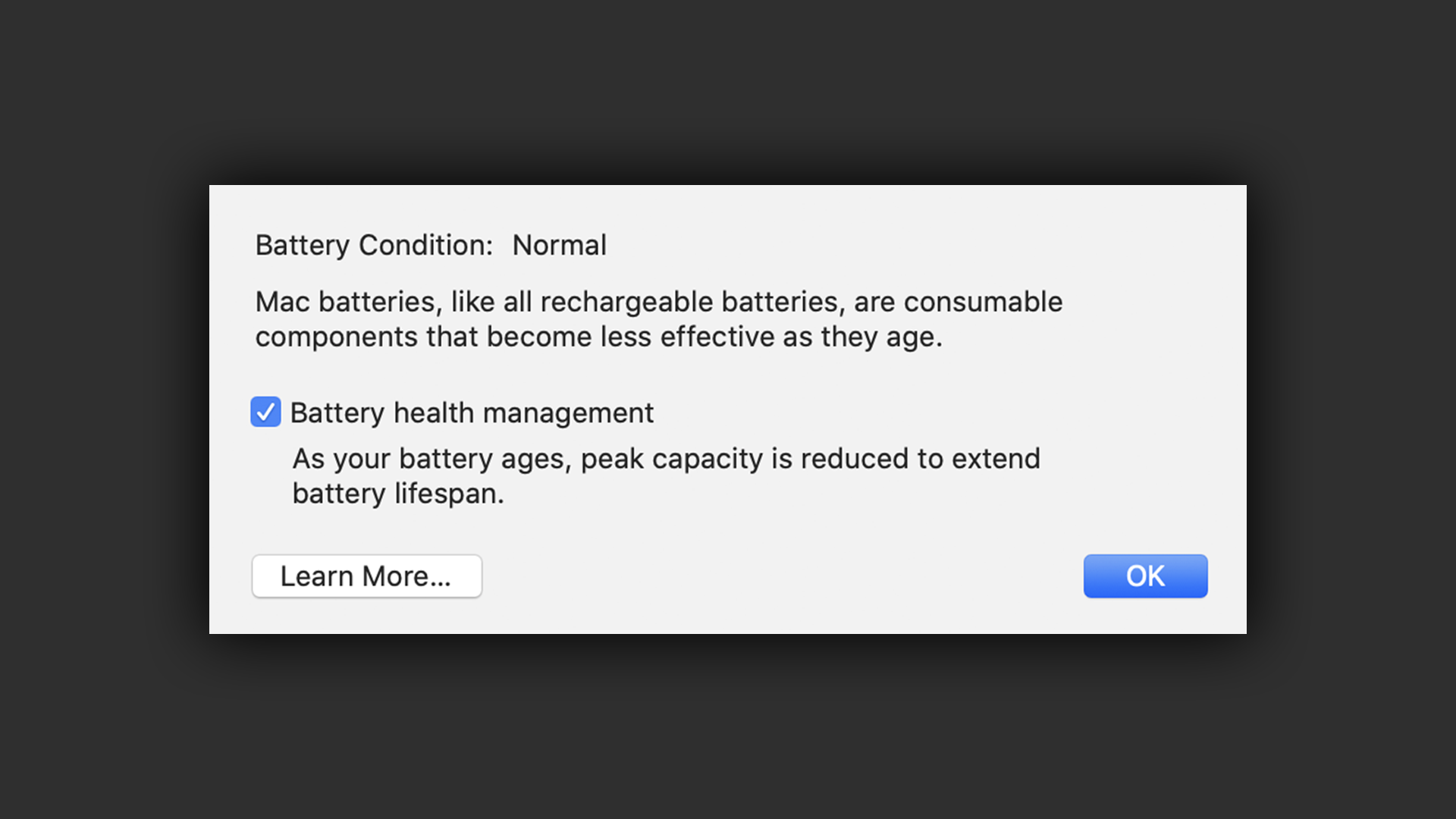When an app isn't responding or working correctly, it might use more of the processor (CPU) than it should, even when the app doesn't seem to be doing anything. As the CPU gets busier, it uses more energy, which reduces the time that your Mac can run on battery power. It also generates heat, which can cause the fans in your Mac to spin faster.
This is another Mac-only app with a unique approach. Nocturne is an older display-altering app to reduce eye strain, but it does so by giving you options to change your display via using a monochrome scheme as pictured above, inverting colors, disabling shadow effects, and adjusting tints. You can adjust screen brightness as well.
Use Activity Monitor to check CPU activity
Use the CPU pane of Activity Monitor to see how apps (processes) are affecting your CPU:
- Open Activity Monitor, then choose View > All Processes.
- Click the top of the “% CPU” column to sort by the percentage of CPU capability used by each process.
Apps normally use a larger percentage of the CPU when doing tasks that require intensive calculations, such as encoding video. But CPU use should decrease when the task is finished, and it should stop entirely when the app is no longer open. Any process except kernel_task that is consistently using more than 70 percent of your CPU is putting a significant load on the CPU and could be malfunctioning.
Quit any malfunctioning processes
To quit a process, first try quitting it normally. For example, quit Safari by switching to Safari and choosing Safari > Quit Safari.
If you can't quit a process normally, you can use Activity Monitor to force it to quit. Save any documents related to the process, then select the process in Activity Monitor and choose View > Quit Process.
If you don't recognize the name of a process, it might belong to macOS or another process that you do recognize. To see the relationships between processes, choose View > All Processes, Hierarchically. If you see that a process belongs to an app, such as Safari or Mail, quit the app before deciding whether to quit any of its processes.

To help avoid malfunctioning processes, keep your apps, plug-ins, and operating system up to date.
Learn more
- Check for other conditions that make it harder for your Mac stay cool: learn about the fans in your Mac and the operating temperature of Mac notebooks.
- Learn about the batteries in Mac notebooks and how to maximize battery life and lifespan.
- Learn how Spotlight indexing might make the fans run.
- Learn how third-party add-ons might cause unexpected behavior in Safari.
App To Decrease Mac Temperature Without

Mac notebooks comply with all temperature limits that are set in national and international safety standards. Make sure to follow the user guide instructions regarding safety and handling.
Mac notebooks have sensors that detect temperature changes inside your computer. If your Mac notebook has fans, they turn on automatically to cool critical components.
Here are some tips to manage the operating temperature:

- Make sure that you’ve installed all Mac software updates and all current firmware updates.
- Use your Mac notebook where the ambient temperature is between 50° and 95° F (10° and 35° C). Don’t leave your Mac notebook in your car, because temperatures in parked cars can exceed this range. You should also use your Mac notebook where the relative humidity is between 0% and 95% (noncondensing).
- Use your Mac notebook on a stable work surface that allows for good ventilation. Don’t use your Mac notebook in your bed, on a pillow, or under covers.
- Don’t put anything over the keyboard.
- If your Mac notebook has ventilation openings, don't put anything into them.
- Use only Apple-authorized power adapters. Take steps to avoid overheating the power adapter.
If your Mac notebook gets warm even when it isn’t doing tasks that require intensive calculations, or if it has fans that run for a long time, use Activity Monitor to check CPU activity. Look for malfunctioning processes that can put a significant load on the CPU, and check whether Spotlight is indexing your hard drive. You might also need to reset the System Management Controller (SMC) on your MacBook.
If you use third-party apps that measure the temperature of your notebook computer, it’s important to understand that they don't measure the external case temperature. The case temperature is much lower. Never use third-party apps to diagnose possible hardware issues.
App To Decrease Mac Temperature Calculator
If you have issues with your Mac notebook’s operating temperature, contact Apple. Or visit an Apple Retail Store or Apple Authorized Service Provider.